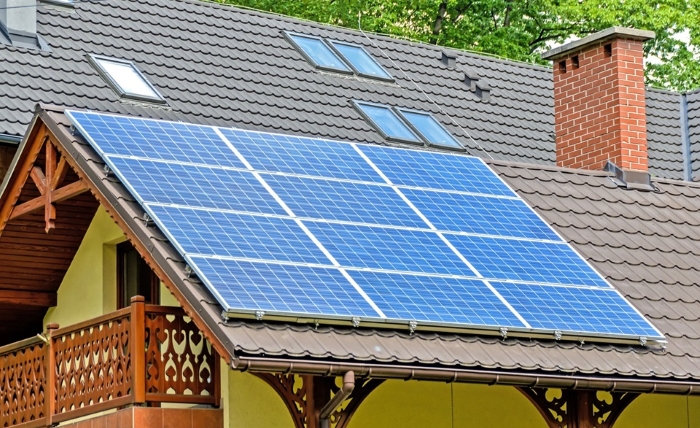Every second, our benevolent power source, the sun, produces 650,000 times the energy the Earth consumes in an entire year. With advances in technology, humanity has been able to harness a small fraction of this giant powerhouse’s output in various forms; we dry our laundry under the sunrays’ warm gaze, we grow our food and warm our homes through it, and even generate electricity from it for use in our power grids. Solar panels, equipment that helps us harness the sun’s rays and convert them into electricity, have become ubiquitous worldwide. Their manufacturing costs have dropped significantly with the proportional rate of modernisation in factories, so almost anyone can get solar panels installed in their homes and enjoy cheaper utility bills. Though we are in the renaissance period of solar equipment evolution with advances every day, let’s look at how we can reduce the cost of solar panels and enjoy the sun’s power.
Invest in Top-Quality Panels and Inverters
First, we can borrow a leaf from the managerial accounting directive, namely, doing things right the first time. When sourcing solar panels and inverters, seeking the best equipment you can acquire is prudent. While this may seem like a high initial cost, barring unforeseeable damage, this will be your most significant investment towards your journey to energy self-sufficiency. Maintenance costs are relatively low, and the robust quality you lock in at the beginning means that your system maximises the energy it can generate for your use. Better quality panels are more durable and efficient and degrade slower over time.
Build it Right from Day One
A consultation with installation experts goes a long way in getting proper coverage for the solar panels in a way that minimises inefficiencies and malfunctions. Installation experts choose appropriately sized panels and put them in place without overbuilding and risking the structural integrity of your house. Make sure to go with certified installers with prior experience and excellent references for an expertly done job that lasts a long time.
Leverage Tax Breaks and Incentives
Nowadays, whole governments are pitching in where they can in the world’s quest for a greener and more environmentally-conscious world. Several programs and initiatives are tailored around getting more people switched over to solar energy, such as tax credits, rebates and incentives that lower initial installation costs and enhance long-term savings. Sometimes, the government will even buy any excess solar energy produced, meaning you will profit from selling your generated solar power. Keep an eye out for such initiatives to save even further and earn money from selling power back to the primary grid.
Supercharge Savings with Battery Storage
The dynamic duo of solar panels and battery storage solutions is an unbeatable coupling. Getting enhanced battery solutions means enjoying the benefits of solar power all day and night. It is especially advantageous for those who primarily use power after workdays in the evening when the sun has already set. You come home to a charged solar array and run all your home appliances off power generated during the day. You also use cheaper power than those who pull electricity from the grid at traditionally peak hours, such as during the evening.
Stay Ahead with Regular Maintenance and Monitoring
While your high-quality solar array is designed, built and installed to last, regular inspection and monitoring ensure any problems are caught early on. Issues like inverter malfunctions, wiring faults, and dust accumulation may need to be addressed early to prevent more significant repair bills. Take some time to regularly monitor your solar array’s health and ensure it functions as designed.
Future-Proof Your Solar System: Stay on the Cutting Edge
The future is bright with regard to solar technology advancements. The more we create solar equipment demand, the cheaper manufacturing costs fall, and the more companies are encouraged to innovate to stay ahead of the competition. More efficient panels give you more bang for your buck, last longer, and reduce future energy costs, passing on the costs to you.

